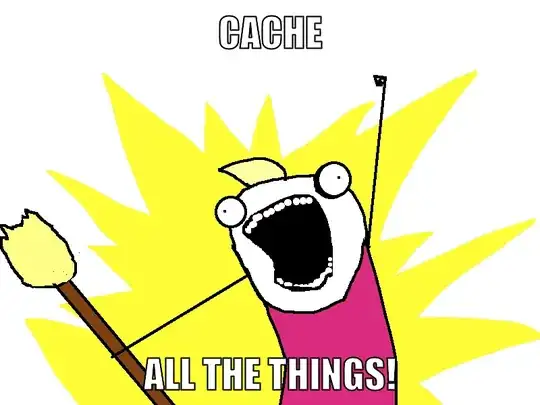I am working on a project for a university housing client where I need to model the usage patterns of students living on campus. There are obviously many variables at play here, I am keen to understand how they would impact such a model.
There are many parallels that can be drawn between this and a normal office/dc scenario - however I believe University students in a residential scenario will not fit any corporate models (due to online gaming, filesharing, skype etc...). In my project the design will be a hub/spoke. The data center will have a large Internet trunk feeding into various firewalls, proxies and servers managing user access. There are WAN links out to each of the student sites. I need to be quite accurate in modelling link size and usage patterns on each of the links.
For example as a baseline I have assumed that the Internet pipe will need to be at least 200Mbps at the data center. For the WAN links I have a mix of 50M, 100M, 200M. Are there any models I can use to test my baseline to see what sort of performance can be expected by the students... eg. If Skype is allowed on the network, will my model stand up if the load is at 60% across the network.
I know this is a very open ended question. There is not going to be a correct answer (unless someone has a model they built for this very scenario) I am more interested in the discussion that might come from it as there are so many things that need to be factored in. Would love to hear some opinions.
